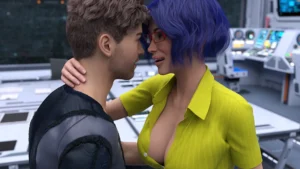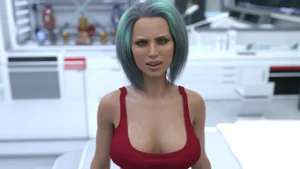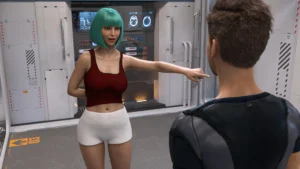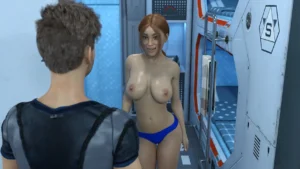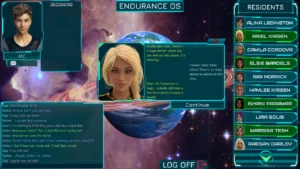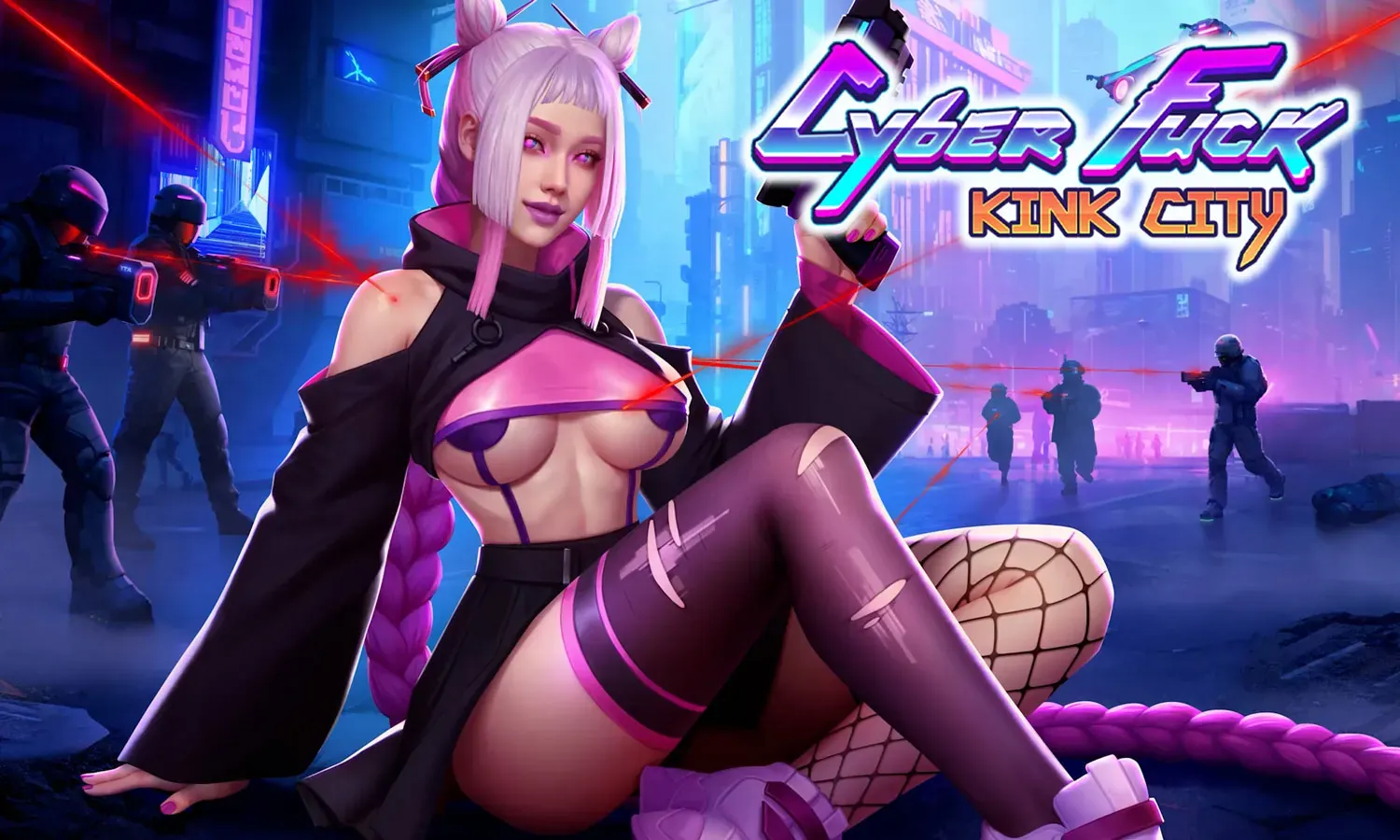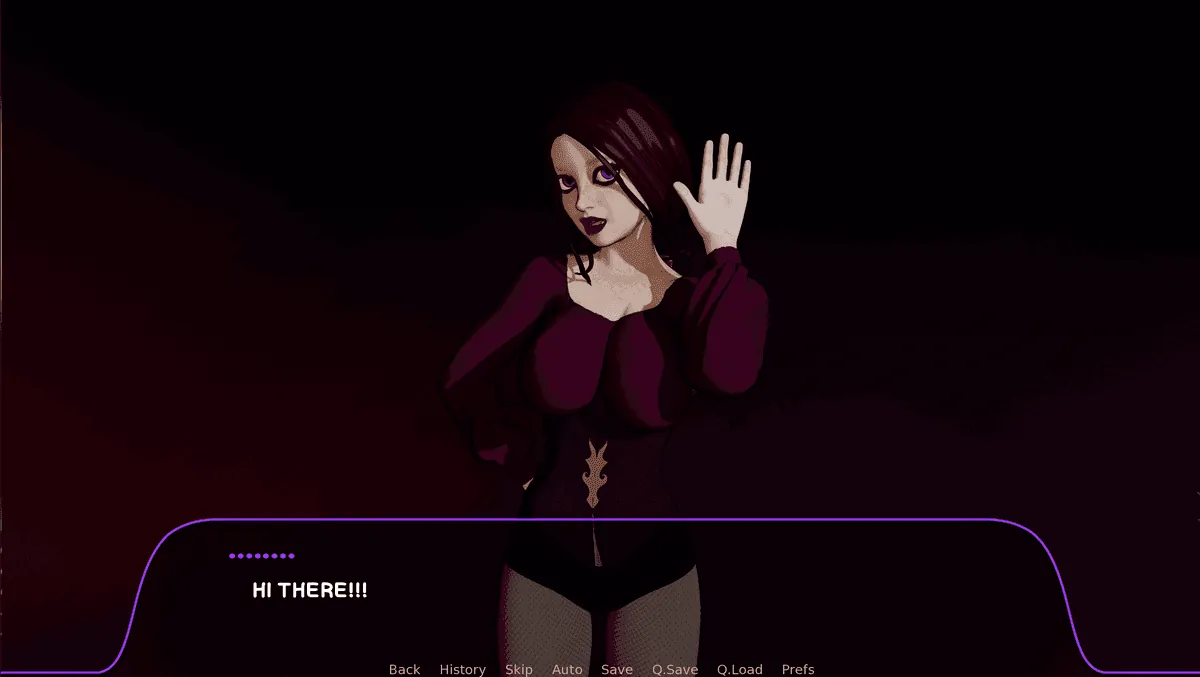
Stranded in Space
Play Stranded in Space
Stranded in Space review
Exploring the Sci-Fi Visual Novel
Imagine waking up on a spaceship filled with intriguing characters, each with their own stories and arcs. ‘Stranded in Space’ is a captivating sci-fi visual novel that combines adventure with personal connections. This game offers a unique blend of exploration and interaction, making it a standout in its genre. Let’s dive into what makes ‘Stranded in Space’ so compelling.
Gameplay and Storyline
What is ‘Stranded in Space’ About?
Picture this: you wake up from cryo-sleep, the ship’s alarms are blaring, and the crew is missing. 🚨 You’re alone, adrift in the vast, silent blackness, with only a damaged AI for company. This is the gripping premise of Stranded in Space, a sci-fi visual novel that throws you headfirst into a mystery. It’s not just about survival; it’s about uncovering what happened while you were sleeping and deciding the fate of the few souls you eventually encounter. I remember my first playthrough, the sheer panic of those initial moments, followed by the slow-burn dread of realizing that every decision carried weight. This isn’t a game you just watch—you live it. The core of the Stranded in Space gameplay experience is this intimate, personal journey through the stars, where your choices are the only tools you have. ✨
At its heart, this is one of those space-themed games that prioritizes narrative depth over explosive action. You play as a specialist revived to handle the emergency, but you quickly find that the real emergency is the tangled web of relationships and secrets among the surviving crew. The visual novel storytelling format is perfect for this, allowing you to immerse yourself in the atmosphere and connect with the characters on a deeper level. You’re not just a passenger on this ship; you’re the catalyst for everything that happens next.
Navigating the Game World
So, how do you actually play? The Stranded in Space gameplay loop is elegantly simple yet profoundly deep. You spend your time exploring the ship’s different modules—from the eerie quiet of the hydroponics bay to the humming core of the engineering deck. 🛰️ Each location is presented through beautiful, detailed artwork that makes the setting feel both awe-inspiring and claustrophobic. You click through these environments, searching for clues, resources, and, most importantly, people.
The navigation is menu-based, which keeps the focus squarely on the story. You’re presented with a log of your current objectives and a map of the ship. From there, you choose where to go and who to talk to. It sounds straightforward, but this is where the magic of interactive storytelling begins. A simple choice to visit the medbay instead of the bridge one morning might lead you to discover a character’s hidden illness, completely altering your relationship with them and unlocking new narrative branches. I learned this the hard way when I prioritized system repairs over a crewmate’s request for a chat, only to find out later I’d missed a crucial piece of the puzzle that led to a less-than-ideal ending. 😬 The player choice impact is felt in every corner of the ship.
Character Development and Interactions
This is where Stranded in Space truly shines. The character development in games is often touted, but rarely does it feel as organic and consequential as it does here. You’ll meet a small but deeply fleshed-out cast, each with their own fears, motivations, and secrets. Are they allies, or are they hiding something? Your interactions determine everything.
The dialogue system is your primary tool. You’re constantly making choices in conversations, from offering comfort to issuing a challenge. These choices build your reputation with each character, influencing how they perceive you and what they’re willing to share. Building trust with the pragmatic engineer, Kaelen, might grant you access to restricted systems, while siding with the idealistic botanist, Lyra, could reveal a conspiracy you never knew existed.
Pro Tip: There are no “right” or “wrong” answers, only consequences. Don’t be afraid to role-play and make choices that feel true to the character you want to be. Authenticity often leads to the most interesting outcomes!
Let me give you a concrete example from my own experience. Early on, I found a confidential personnel file. I had a choice: I could hand it over to the ship’s acting captain to gain her favor, or I could secretly give it to the crewmate it belonged to, earning their deep gratitude but risking the captain’s distrust.
| My Choice | Immediate Outcome | Long-Term Consequence |
|---|---|---|
| Gave the file to the Captain | Gained +Trust with Captain; Crewmate was disappointed. | Captain provided a key code later; Crewmate withheld vital information during a crisis. |
| Gave the file to the Crewmate | Gained +Loyalty with Crewmate; Captain became suspicious. | Crewmate saved my life in a later event; Captain locked me out of the command center. |
This single decision created two entirely different playthroughs, showcasing the incredible player choice impact. It’s this meticulous attention to character development in games that elevates Stranded in Space from a simple story to a personal epic. Your journey is uniquely yours, shaped by every word you say and every secret you keep. 🤫 The relationships you build are the real storyline, making this sci-fi visual novel a masterpiece of personal, interactive storytelling.
In conclusion, ‘Stranded in Space’ offers a unique blend of adventure and personal connection, making it a compelling choice for fans of sci-fi visual novels. With its engaging storyline and interactive gameplay, it’s a game that invites players to explore and discover new experiences. Whether you’re interested in character development or the thrill of exploration, ‘Stranded in Space’ is definitely worth checking out.










